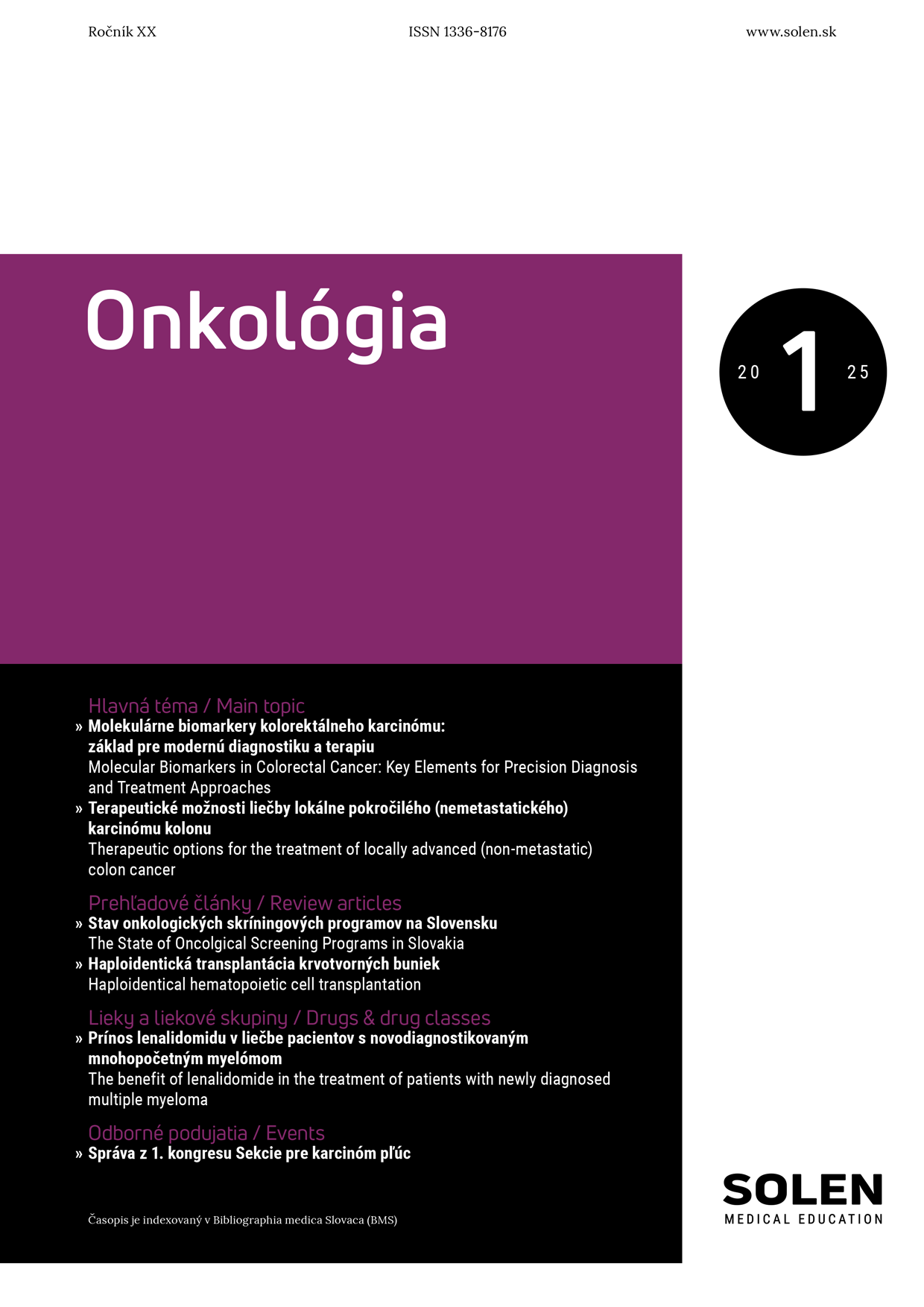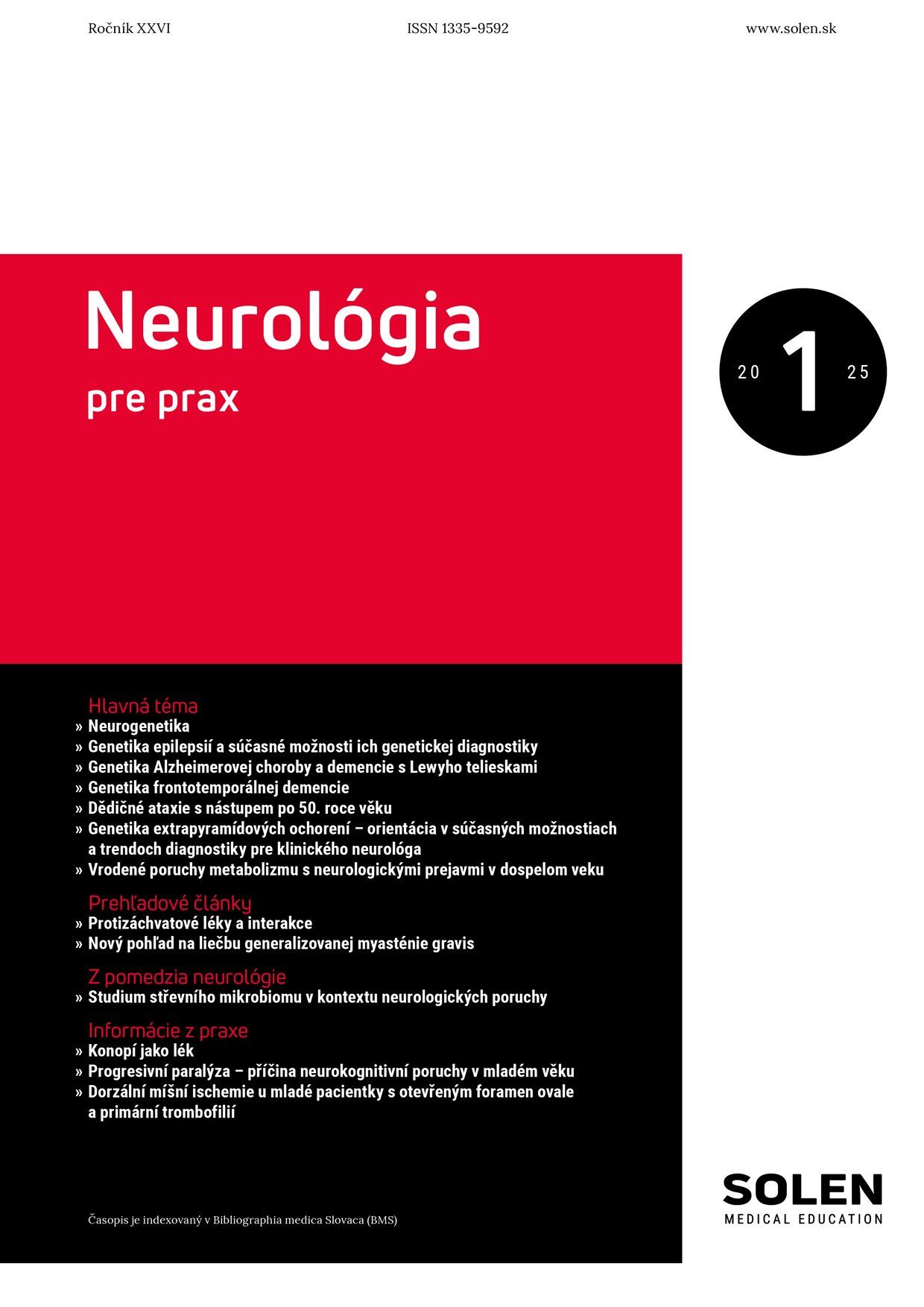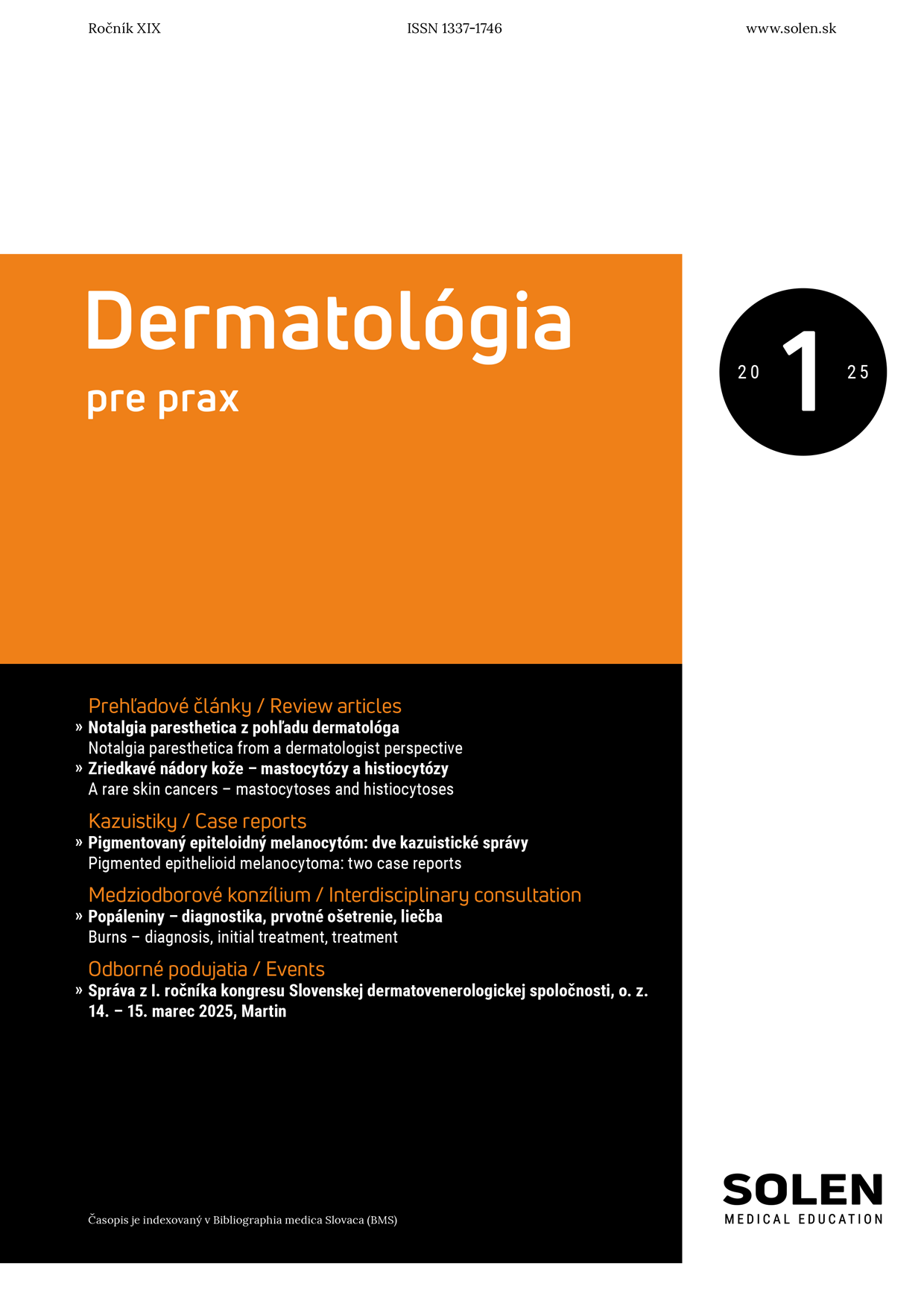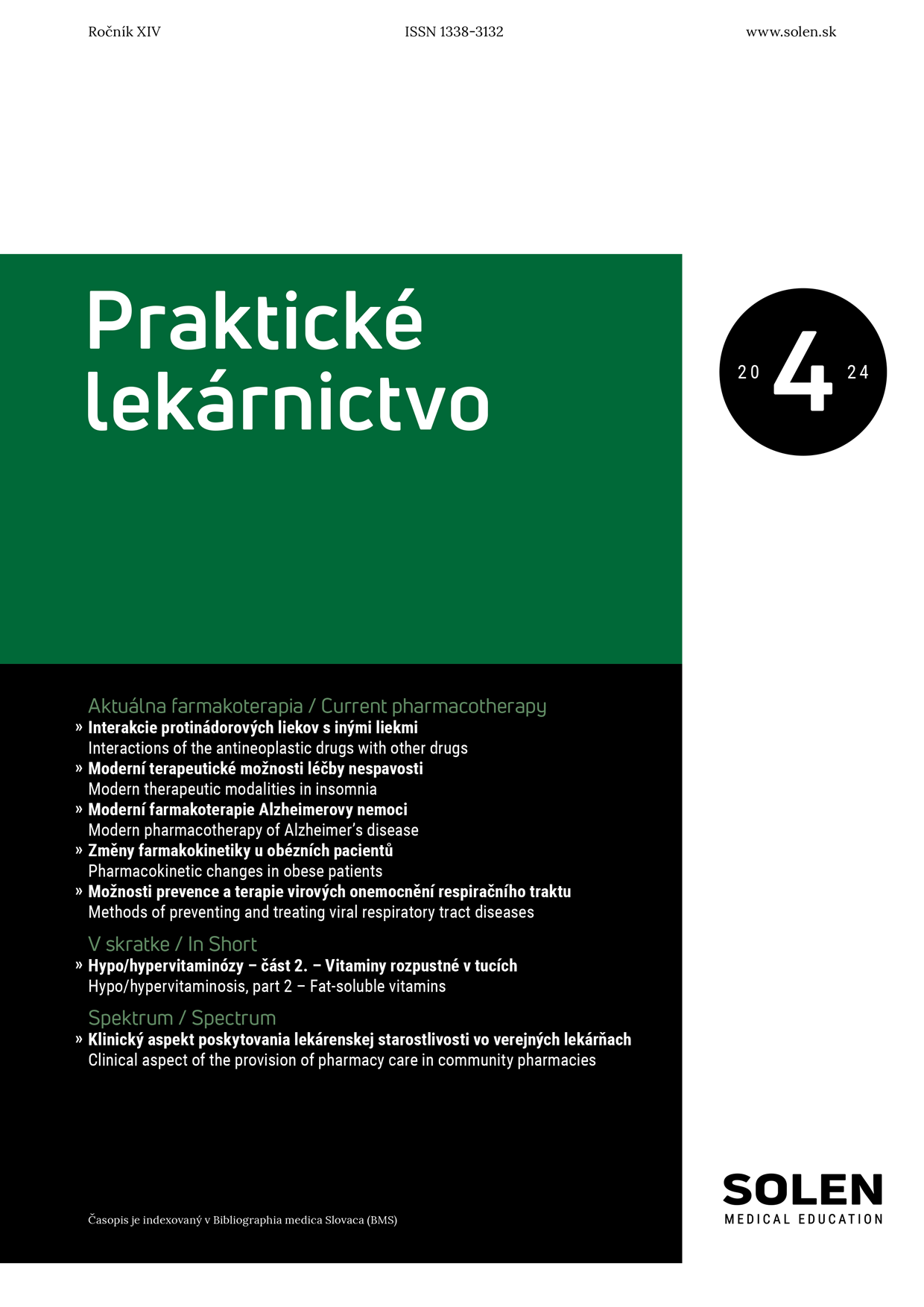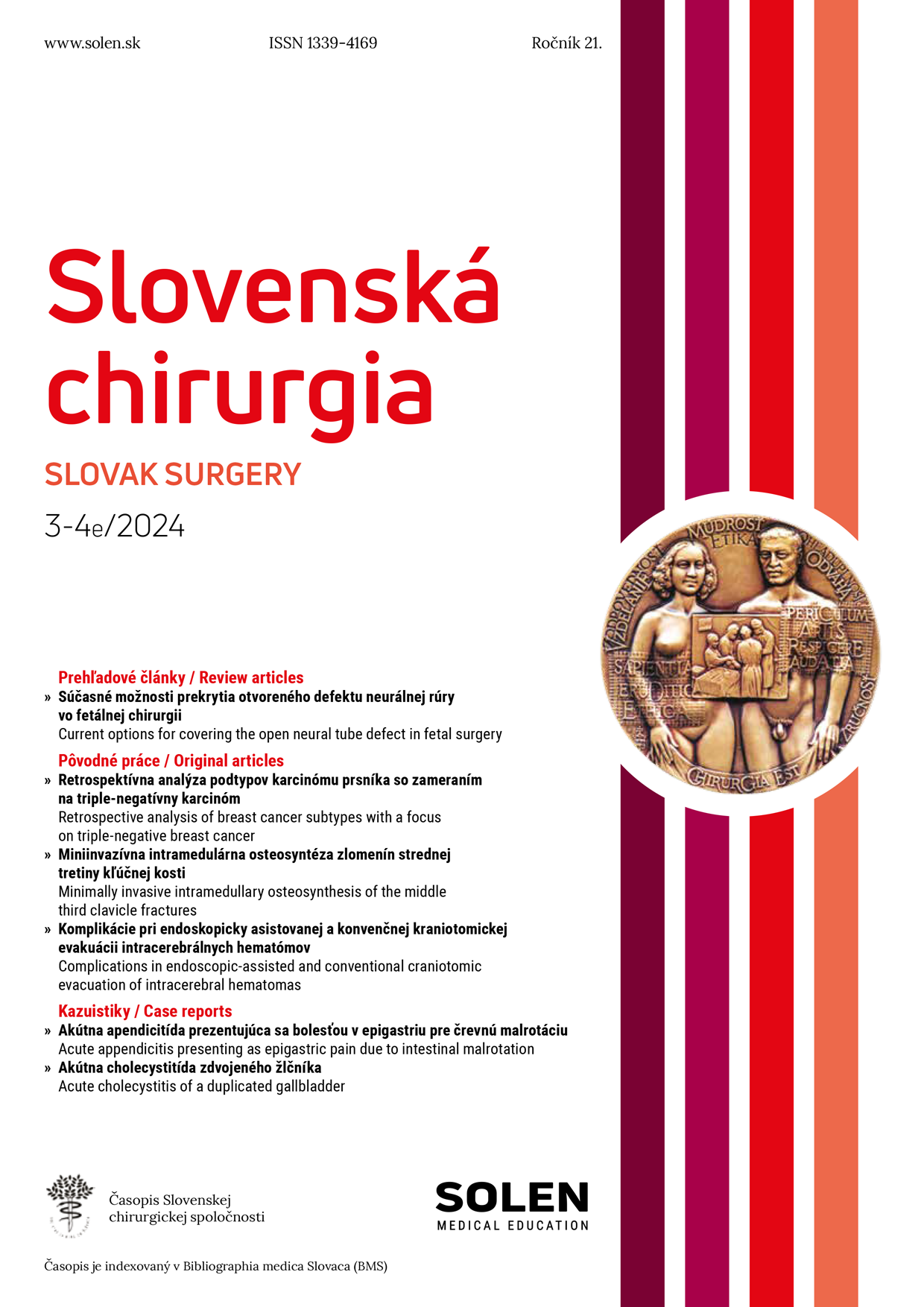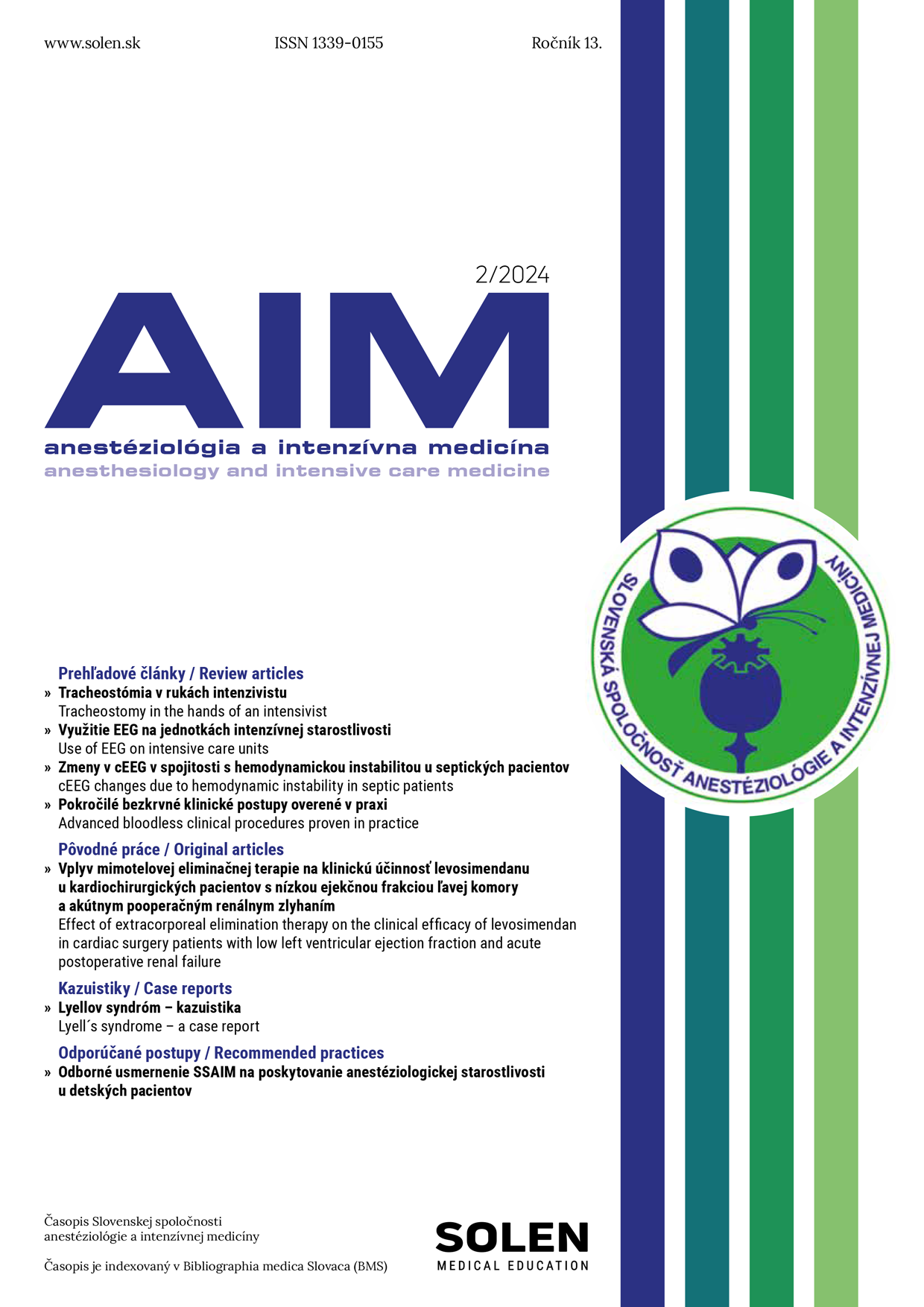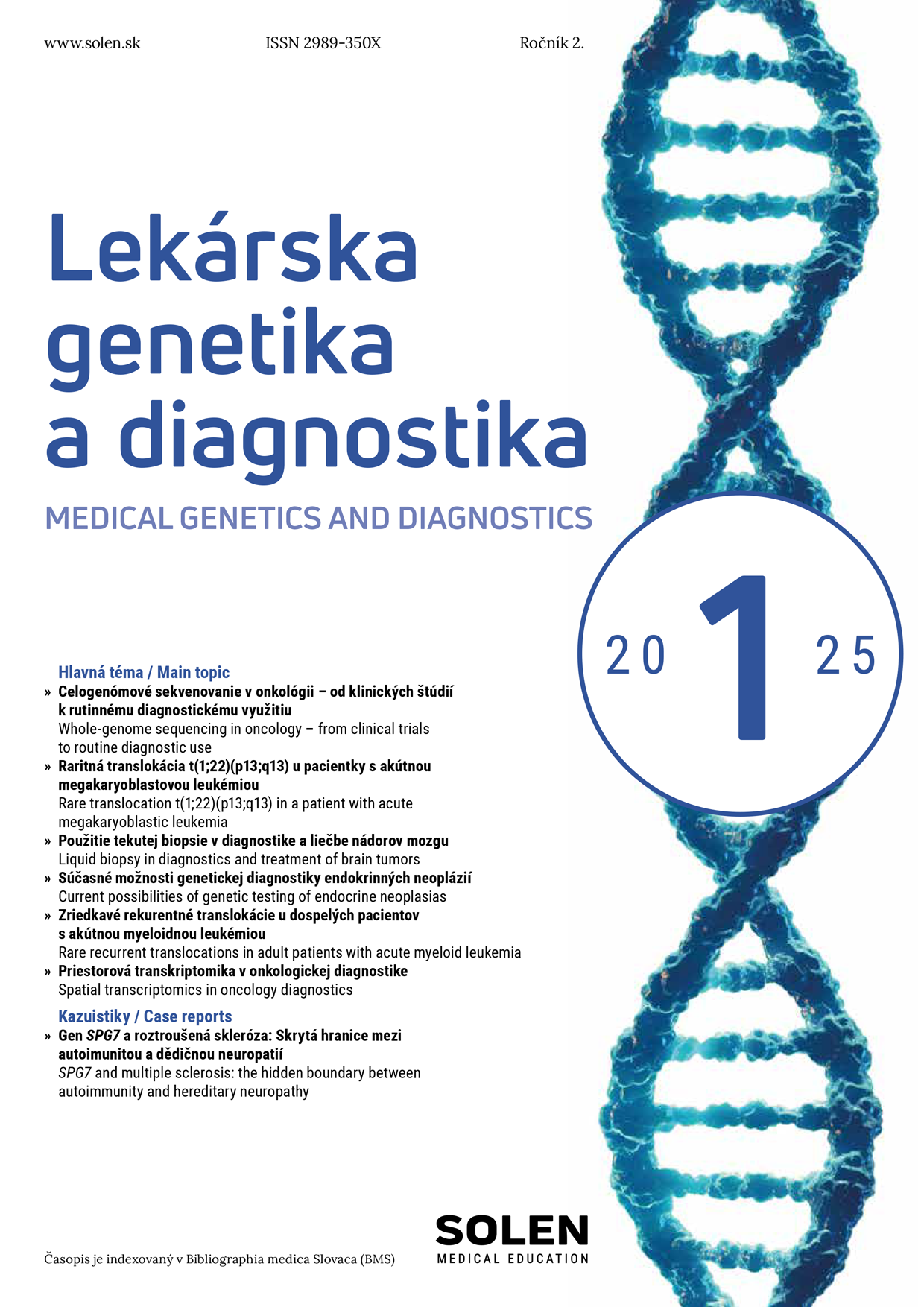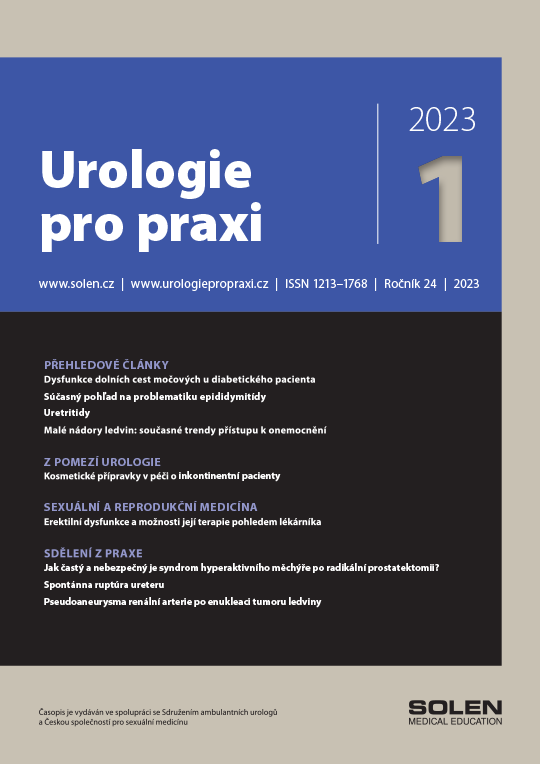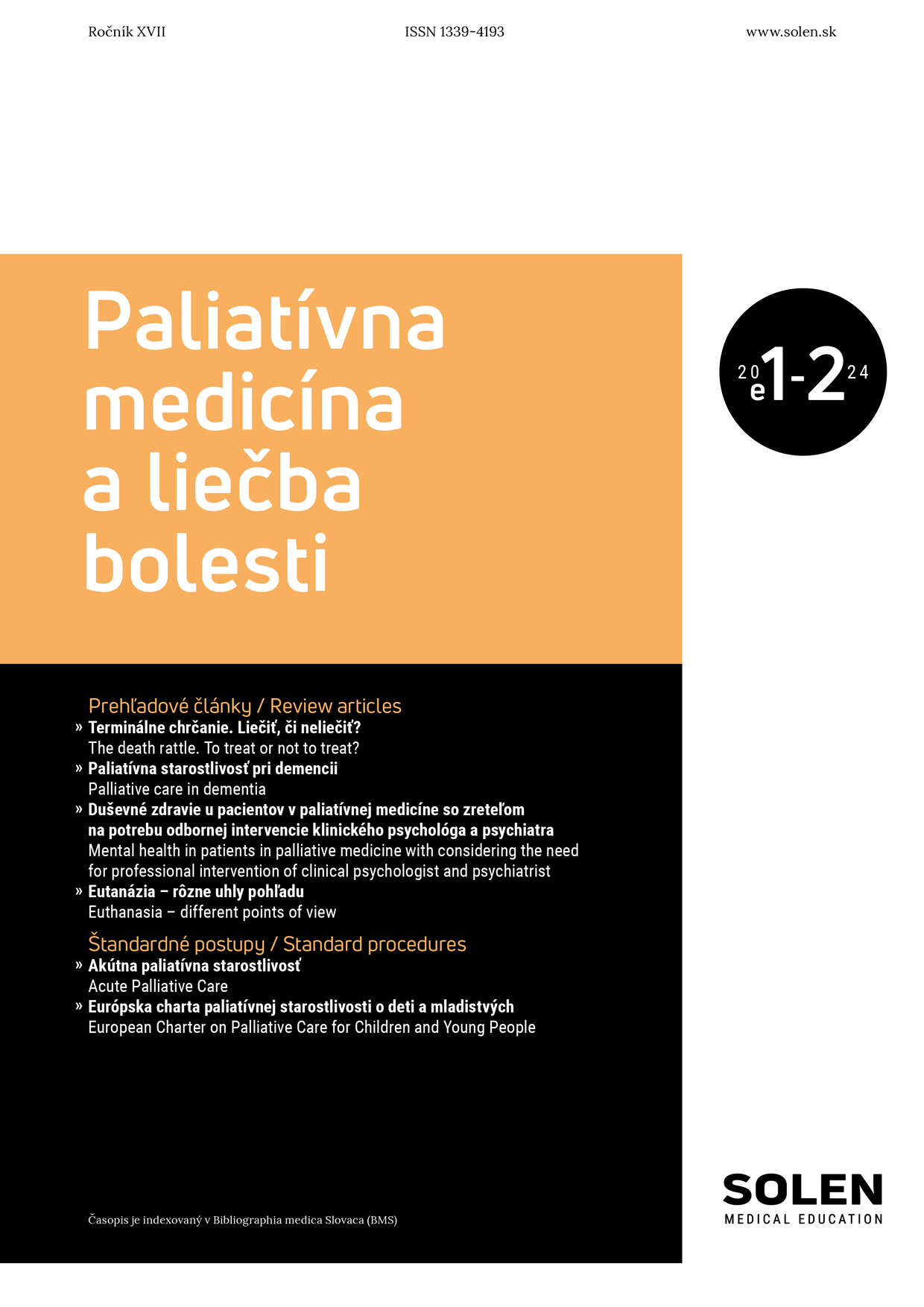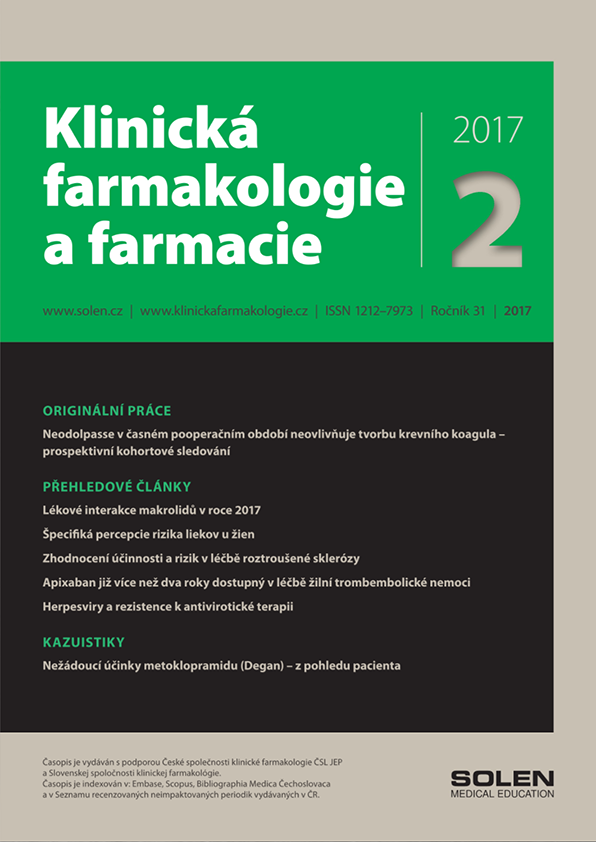Dermatológia pre prax 1/2025
Zriedkavé nádory kože – mastocytózy a histiocytózy
Mastocytózy a histiocytózy predstavujú zriedkavú skupinu ochorení s klinicky variabilnými kožnými a nezriedka aj systémovými prejavmi. Bunkové línie oboch ochorení pochádzajú zo spoločnej pluripotentnej CD34+ prekurzorovej bunky kostnej drene. Zdokonaľovanie molekulo- -genetických vyšetrení v korelácii s histomorfologickým obrazom spresňuje ich diagnostiku. Poznanie patogenézy týchto neoplázií pomáha porozumieť ich často nešpecifickým kožným a systémovým prejavom. Poruchou progenitorovej bunky mastocytov s ich následnou klonálnou prestavbou vznikajú primárne mastocytózy. Sekundárne poruchy mastocytov sú ochorenia bez hyperplázie alebo porúch ich funkcie vznikajúce neprimeranou odpoveďou mastocytov na externé stimuly. Primárne histiocytózy reprezentujú vzácnu skupinu proliferatívnych ochorení pochádzajúcich z morfologicky a funkčne rozmanitých buniek monocyto-makrofágového systému, ktoré infiltrujú rôzne tkanivá a prejavujú sa pestrosťou klinických prejavov. Sekundárne histiocytózy (nadmerné nahromadenie makrofágov) sú reaktívneho pôvodu. Vznikajú následkom rôznych reparačných procesov a infekčných ochorení. Základom diagnostiky všetkých uvedených stavov je klinický obraz a histologické vyšetrenie. V indikovaných prípadoch, na vylúčenie systémového postihnutia, sú nutné laboratórne a zobrazovacie vyšetrenia a medziodborová spolupráca s onkohematológom. Podľa rozsahu postihnutia sa volí lokálna alebo systémová liečba.
Kľúčové slová: mastocytózy, histiocytové/dendritické neoplázie, klasifikácia, klinický obraz, diagnostika, liečba, prognóza
A rare skin cancers – mastocytoses and histiocytoses
Mastocytoses and histiocytoses represent a rare group of diseases with clinically variable cutaneous and, not infrequently, systemic manifestations. The cell lines of both diseases originate from a common pluripotent CD34+ bone marrow precursor cell. Improvement of molecular genetic investigations in correlation with histo-morphological picture refines their diagnosis. Knowledge of the pathogenesis of these neoplasias helps to understand their often nonspecific cutaneous and systemic manifestations. The disruption of mast cell progenitor cells with their subsequent clonal rearrangement gives rise to primary mastocytosis. Secondary mastocyte disorders are diseases without hyperplasia or dysfunction, arising from an inappropriate response of mast cells to external stimuli. Primary histiocytoses represent a rare group of proliferative diseases originating from morphologically and functionally diverse cells of the monocyte-macrophage system that infiltrate various tissues and manifest a variety of clinical manifestations. Secondary histiocytoses (excessive accumulation of macrophages) are of reactive origin and arise as a consequence of various reparative processes and infectious diseases. The diagnosis of all these conditions is based on the clinical picture and histological examination. In indicated cases, laboratory and imaging investigations and interdisciplinary collaboration with a haematologist are necessary to exclude systemic involvement. Depending on the extent of involvement, local or systemic treatment is chosen.
Keywords: mastocytosis, histiocytic/dendritic neoplasia, classification, clinical picture, diagnosis, treatment, prognosis




